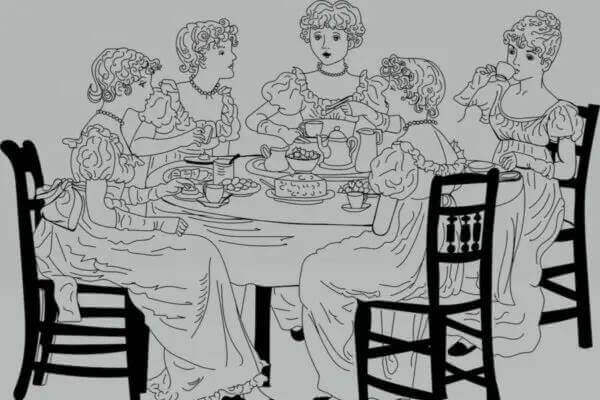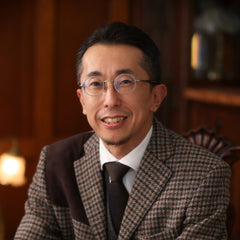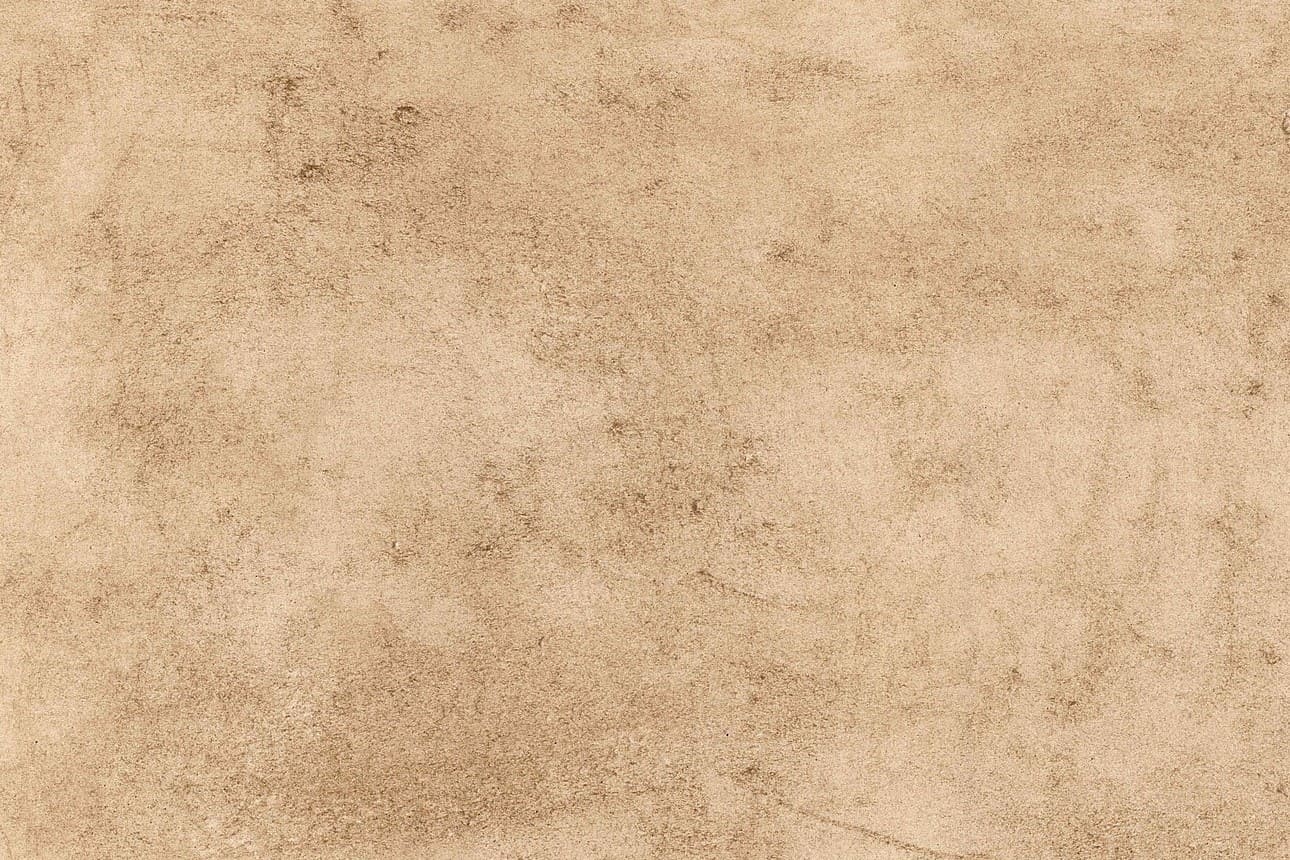British afternoon tea
Posted by WATANABETAIGA

The Beginning of Afternoon Tea
When you think of the UK, you probably associate it strongly with tea.
In Japan, drinks like "Gogo no Kocha" and cafe chains called "Afternoon Tea" are also popular.
In fact, in the UK, which leads the world's tea culture, tea is a habit that is part of daily life.
The custom of afternoon tea began around 1840.
It is said to have been started by Anna Maria Russell, the wife of the 7th Duke of Bedford, Francis Russell.
She is the model for the woman illustrated on the label of Suntory's "Gogo no Kocha" (Afternoon Tea) drink.
At that time in England, oil lamps had become widespread, and with that, it became customary to have dinner late after social activities such as attending the theater.
Since there was almost no habit of having lunch, people started to eat tea and baked sweets as snacks to stave off hunger until dinner.
At Anna Maria's estate, "Woburn Abbey," there were always many guests staying.
While the Duke enjoyed hunting with male guests, Anna Maria invited female guests to the drawing room and held tea parties around 5 p.m., serving tea and sweets, which became popular among guests.
Anna Maria herself was influential among the upper-class women of the time and was admired by Queen Victoria, so this custom quickly spread among the upper class.
Even today, many tourists visit "Woburn Abbey" as a sacred place for afternoon tea.
The History of Afternoon Tea
Tea was introduced to the UK relatively late, around 1650.At first, it was a luxury item only for the royal family and some nobles.
However, in the 18th century, the East India Company began exporting tea to the UK in earnest, and gradually it permeated the lives of other upper and middle classes.
When Anna Maria first started afternoon tea, it was for guests staying inside the mansion, so it was held in relaxed indoor wear, but gradually visiting guests from outside also began to participate, making it a broader social occasion.
As it became a full-fledged social event, dress codes and etiquette became stricter, and furnishings were also arranged accordingly.
In upper and middle-class households during the Victorian era, there was a social rule called "home invitation parties," where each household set specific days once or twice a week for the host to entertain guests, and close acquaintances could come and go freely.
Guests who visited without an appointment would stay for about 15-20 minutes, drinking tea and chatting. Afternoon tea spread as such a gathering.
Afternoon tea is prepared buffet-style because the number of guests is unpredictable.
Typical foods include sandwiches, scones, and cakes, and the venue was the drawing room.
Tea and food were served on low coffee tables placed there, so afternoon tea is also called "low tea."
There is a similar custom called "high tea," but this is held a little later and includes a full meal with meat or fish.
It is called high tea because it uses a high dining table.
Originally, it was a separate working-class custom from afternoon tea, but as tea culture spread to places like America, the two merged.
Today, afternoon tea has become a widely popular custom, and you can enjoy it casually without strict etiquette.
Summary
There are many items related to afternoon tea in British antiques.
Of course, teapots, teacups, and teaspoons used for tea, as well as tea caddies for storing tea leaves and biscuit warmers for keeping biscuits, are classic categories central to British antiques.
Many of these are easy to incorporate into modern life, so please try using them.











